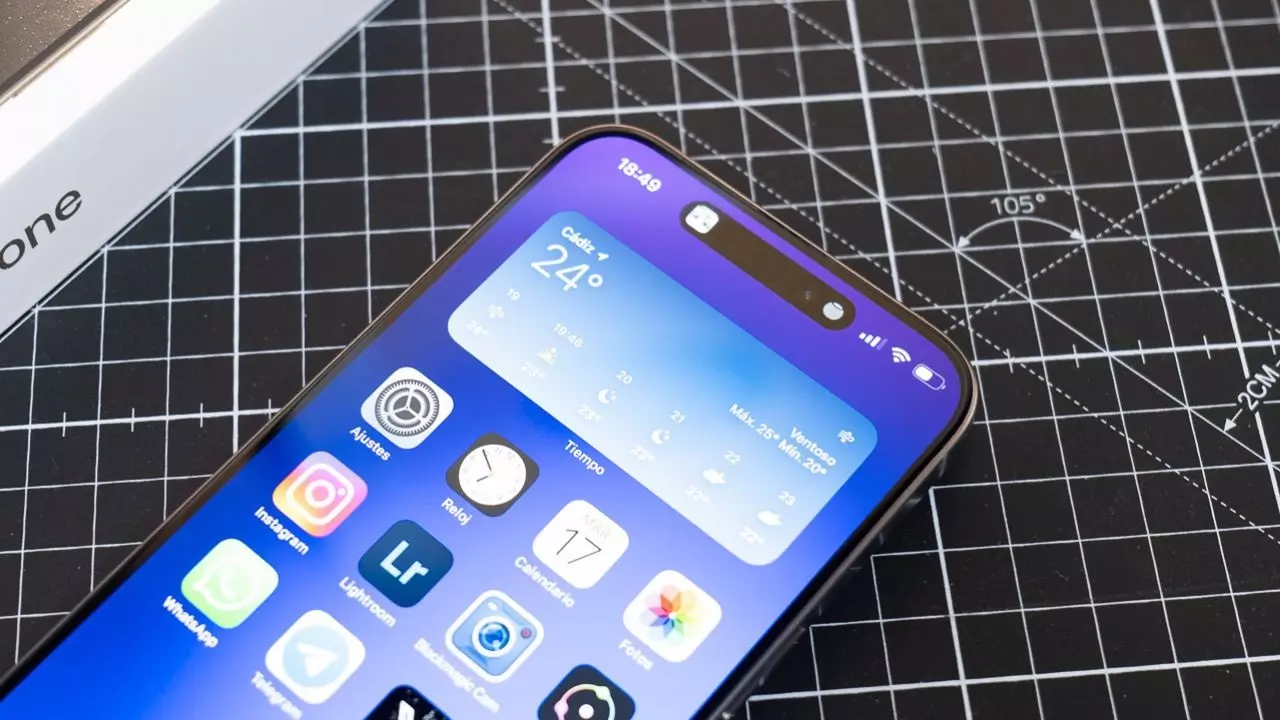Gone are the days when iPhone users would settle for minimal storage, only to be plagued by constant warnings of low memory. A recent study on Apple device sales reaffirms what many already knew: buyers are increasingly seeking iPhones with greater storage capacity. This shift is driven by various factors, including the desire for more content storage, longer device lifespans, and the changing dynamics of smartphone usage.
The Key Factors Influencing iPhone Prices
Consumer Intelligence Research Partners (CIRP) highlights two primary factors that determine the average selling price of iPhones. Firstly, it’s the popularity of new models and the demand for Pro-level phones. Secondly, and perhaps more significantly, it’s the storage capacity of the most sought-after iPhone models. While many users may initially opt for the base models, the need for enhanced memory is becoming increasingly evident.
iPhone Buyers Want 256GB or More
Data from CIRP indicates a clear trend: iPhone buyers are choosing mobile phones with larger storage capacities. This trend has gained momentum in recent times, driven partly by the pandemic and the evolving expectations of iPhone users. Buyers want not only to have sufficient space for their photos, apps, and music collections but also to future-proof their devices.
The desire to keep their iPhones for an extended period, coupled with a slight decline in sales, has motivated users to invest in higher storage capacities. Unlike Android devices, iPhones do not support memory card expansion, making adequate internal storage a crucial consideration.
Why 256GB or More?
Running out of memory prematurely is a significant inconvenience for iPhone users. With no option to expand storage via memory cards, users are now opting for iPhones with 256GB or more of memory. The fear of investing in a high-end device, costing over 1,000 euros or close to 2,000 euros, only to find it inadequate in a year or two due to storage limitations, is driving this demand.

Sales figures from 2021 indicate the growing popularity of iPhones with larger storage capacities. The trend accelerated during the pandemic, as users required more space for teleworking, downloading apps, and gaming. In the September 2022 quarter, 43% of US iPhone buyers chose models with higher storage capacity, a figure that increased to 44% in the most recent launches last year. This trend is expected to continue growing.
While cloud storage offers additional space, users are leaning towards smartphones that are better prepared for the future and can last longer without becoming outdated. Storage capacity has become one of the primary considerations when purchasing a new mobile phone, and iPhone buyers are increasingly taking this into account. With iPhones now available with up to 1 TB of memory, the demand for larger storage options is poised to persist and potentially grow even further.

